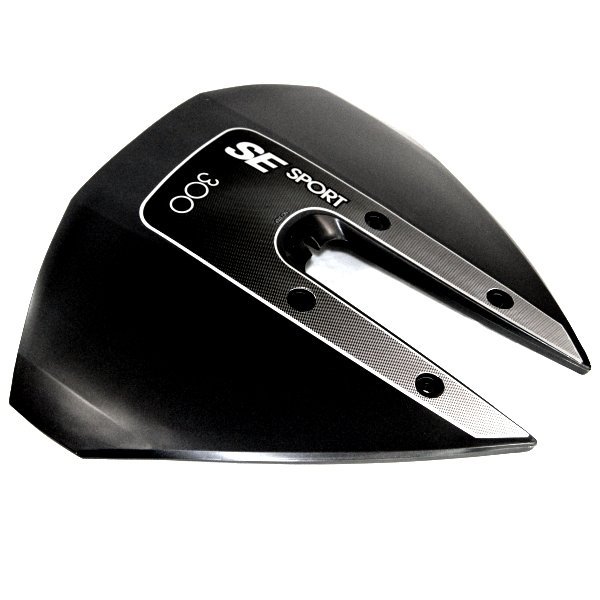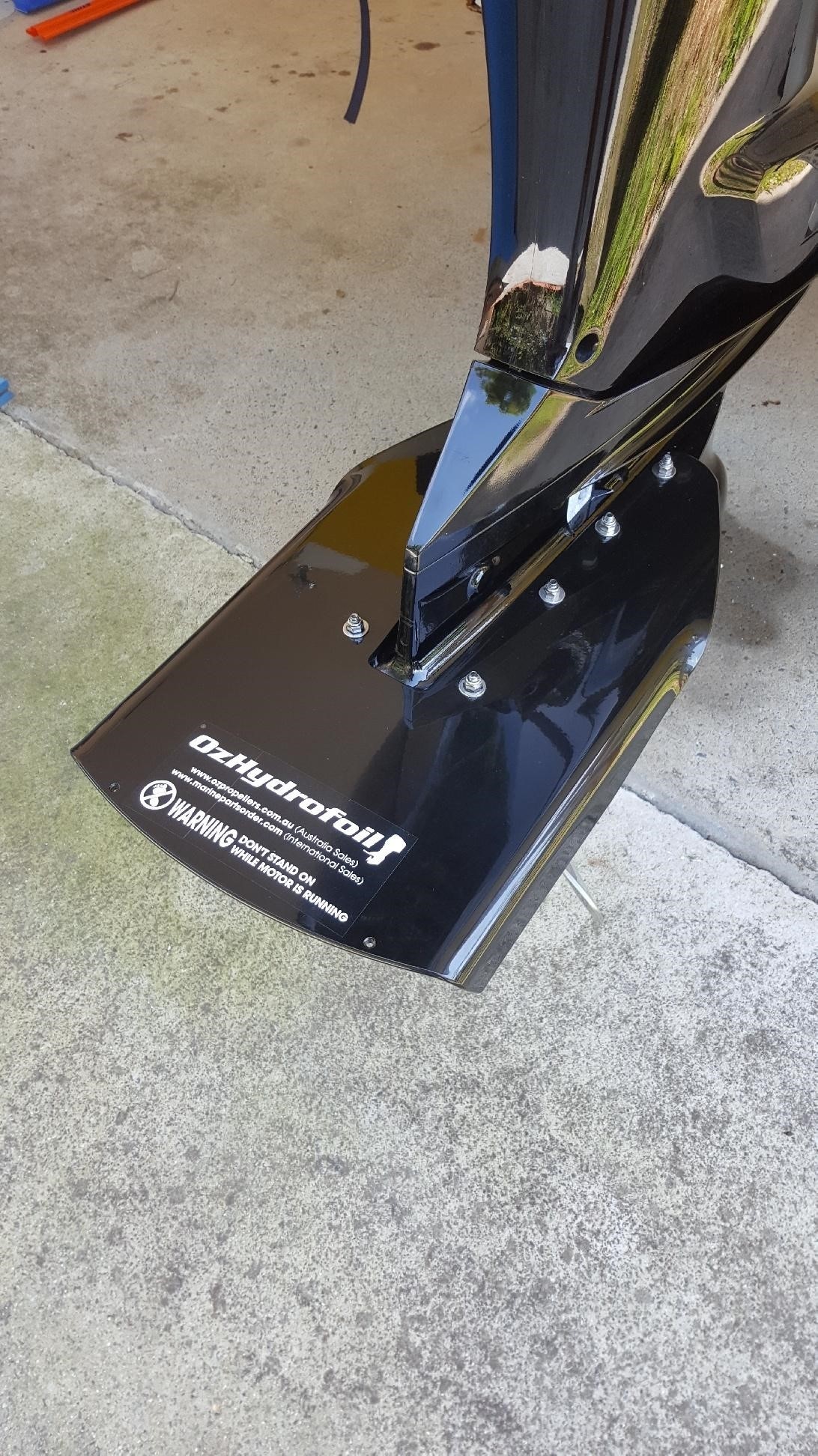

Driven by a 60 hp (45 kW) engine, it rode on a bowfoil and flat stern.
#Hydrofoil for inboard outboard full
In 1909 his company built the full scale 22-foot (6.7 m) long boat, Miranda III.
#Hydrofoil for inboard outboard series
īetween 18, British boat designer John Thornycroft worked on a series of models with a stepped hull and single bow foil. Forlanini obtained patents in Britain and the United States for his ideas and designs. Italian inventor Enrico Forlanini began work on hydrofoils in 1898 and used a "ladder" foil system. He claimed that "adapting to the sides and bottom of the vessel a series or inclined planes or wedge formed pieces, which as the vessel is driven forward will have the effect of lifting it in the water and reducing the draught.". The first evidence of a hydrofoil on a vessel appears on a British patent granted in 1869 to Emmanuel Denis Farcot, a Parisian. History Forlanini's hydrofoil over Lake Maggiore, 1906 Prototypes The angle of attack on the hydrofoils must be adjusted continuously to changing conditions, a control process performed by sensors, a computer, and active surfaces. This type of configuration, however, is not self-stabilizing. Fully submerged hydrofoils are less subject to the effects of wave action, and, therefore, more stable at sea and more comfortable for crew and passengers.


Some modern hydrofoils use fully submerged inverted T-shape foils.

Hydrofoils of this type are known as "surface-piercing" since portions of the V-shape hydrofoils rise above the water surface when foilborne. Foil configurations Įarly hydrofoils used V-shaped foils. Since wave resistance and other impeding forces such as various types of drag (physics) on the hull are eliminated as the hull lifts clear, turbulence and drag act increasingly on the much smaller surface area of the hydrofoil, and decreasingly on the hull, creating a marked increase in speed. The lifting force eventually balances with the weight of the craft, reaching a point where the hydrofoil no longer lifts out of the water but remains in equilibrium. When used as a lifting element on a hydrofoil boat, this upward force lifts the body of the vessel, decreasing drag and increasing speed. This pressure difference is accompanied by a velocity difference, via Bernoulli's principle, so the resulting flow field about the foil has a higher average velocity on one side than the other. This turning of the water creates higher pressure on the bottom of the foil and reduced pressure on the top. The foil shape moves smoothly through the water, deflecting the flow downward, which, following the Euler equations, exerts an upward force on the foil. Since air and water are governed by similar fluid equations-albeit with different levels of viscosity, density, and compressibility-the hydrofoil and airfoil (both types of foil) create lift in identical ways. The two types of hydrofoils: surface-piercing and fully submerged ( March 2016) ( Learn how and when to remove this template message) Unsourced material may be challenged and removed. Please help improve this section by adding citations to reliable sources. Amateur experimentation and development of the concept is popular. However, the design is simple enough that there are many human-powered hydrofoil designs. Hydrofoils are generally prohibitively more expensive than conventional watercraft above a certain displacement, so most hydrofoil craft are relatively small, and are mainly used as high-speed passenger ferries, where the relatively high passenger fees can offset the high cost of the craft itself. Wider adoption of hydrofoils is prevented by the increased complexity of building and maintaining them. This provides a corresponding increase in speed and fuel efficiency. As a hydrofoil-equipped watercraft increases in speed, the hydrofoil elements below the hull(s) develop enough lift to raise the hull out of the water, which greatly reduces hull drag. The hydrofoil usually consists of a winglike structure mounted on struts below the hull, or across the keels of a catamaran in a variety of boats (see illustration). As a hydrofoil craft gains speed, the hydrofoils lift the boat's hull out of the water, decreasing drag and allowing greater speeds. Boats that use hydrofoil technology are also simply termed hydrofoils. They are similar in appearance and purpose to aerofoils used by aeroplanes. For other types of foil, see Foil (fluid mechanics).Ī hydrofoil is a lifting surface, or foil, that operates in water.


 0 kommentar(er)
0 kommentar(er)
